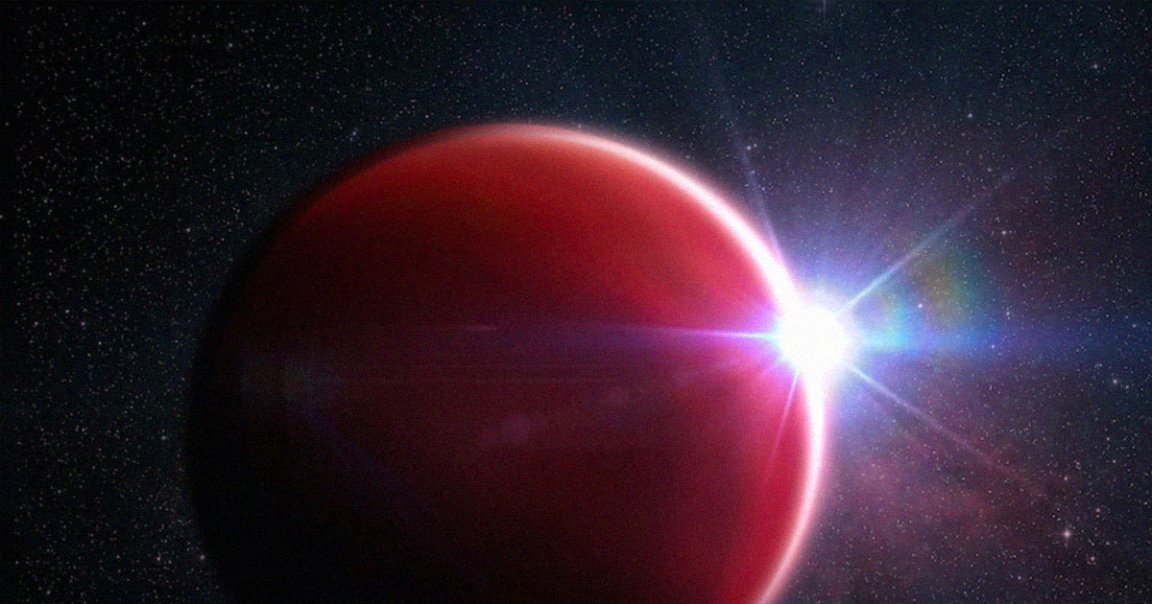
Bullseye
NASA’s James Webb Space Telescope just took its first direct image of a planet beyond our Solar System, in an impressive demonstration of the space observatory’s groundbreaking capabilities that could uncover new details about worlds orbiting distant stars.
The new image shows the exoplanet HIP 65426 b, an extremely young gas giant that’s roughly six to 12 times the mass of Jupiter and located 363 light-years away in the constellation Centaurus.
While the planet was first discovered by scientists using the SPHERE instrument attached to the European Southern Observatory’s Very Large Telescope in Chile back in 2017, Webb’s new observations allow us to see it without any interfering glow emanating from the Earth’s atmosphere.
“This is a transformative moment, not only for Webb but also for astronomy generally,” said Sasha Hinkley, an associate professor of physics and astronomy at the University of Exeter who led the observations, in a NASA statement.
Super-Jupiter
HIP 65426 b orbits its host star at three times the distance between Neptune and the Sun, or 100 times the distance between Earth and the Sun.
That also means Webb can get a relatively detailed glimpse of the planet, according to NASA, as the glow emanating from host stars can often interfere with exoplanet observations.
“Obtaining this image felt like digging for space treasure,” said Aarynn Carter, a postdoctoral researcher at the University of California, Santa Cruz who led the project, in the statement. “At first all I could see was light from the star, but with careful image processing I was able to remove that light and uncover the planet.”
Planet Discovery
Researchers are now preparing the data for a paper. But they already can’t contain their excitement of future observations like this one.
“I think what’s most exciting is that we’ve only just begun,” Carter said. “There are many more images of exoplanets to come that will shape our overall understanding of their physics, chemistry, and formation.”
That means “we may even discover previously unknown planets, too,” he added.
READ MORE: NASA’s Webb Takes Its First-Ever Direct Image of Distant World [NASA]
More on Webb: Scientists Puzzled Because James Webb Is Seeing Stuff That Shouldn’t Be There